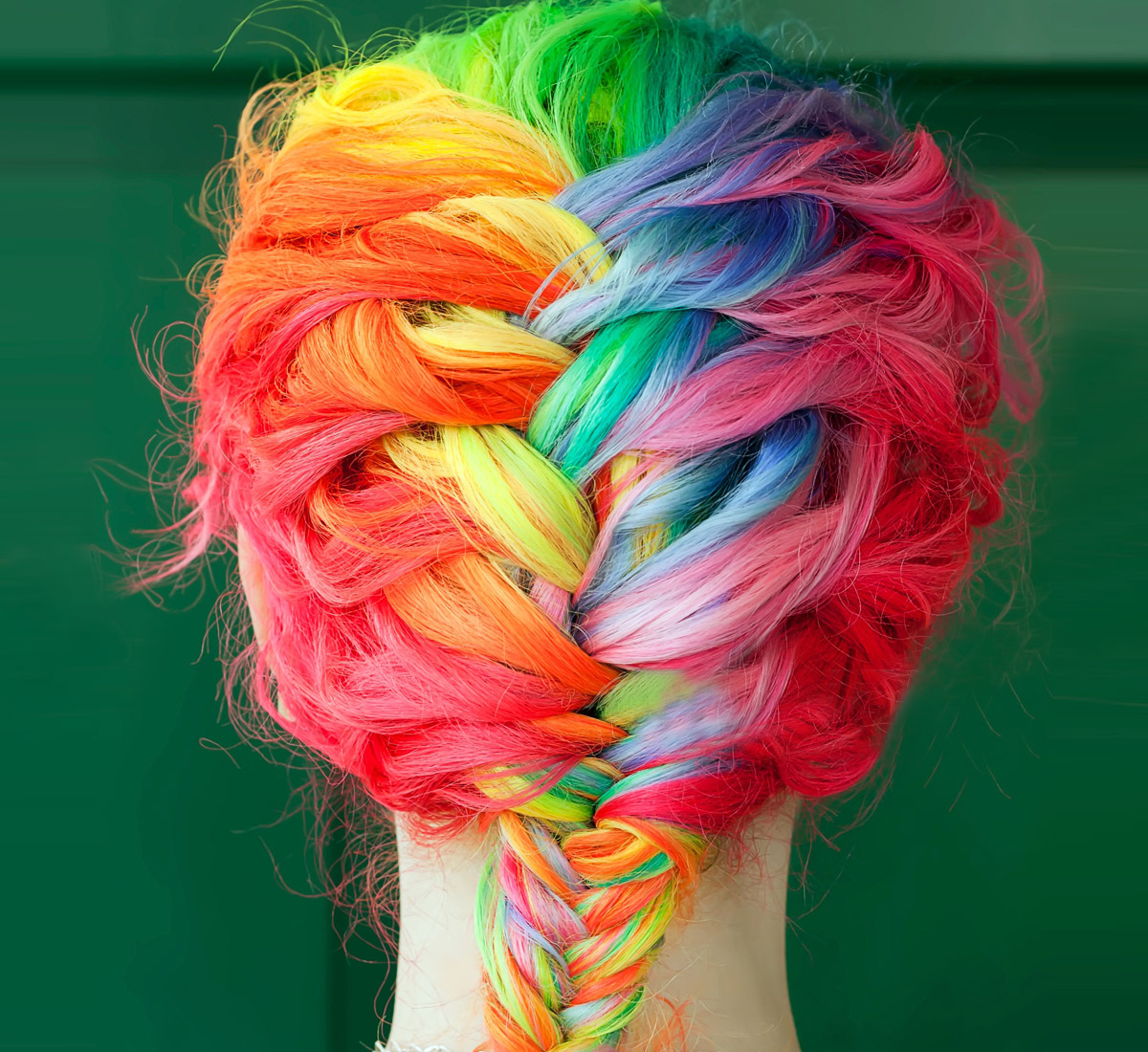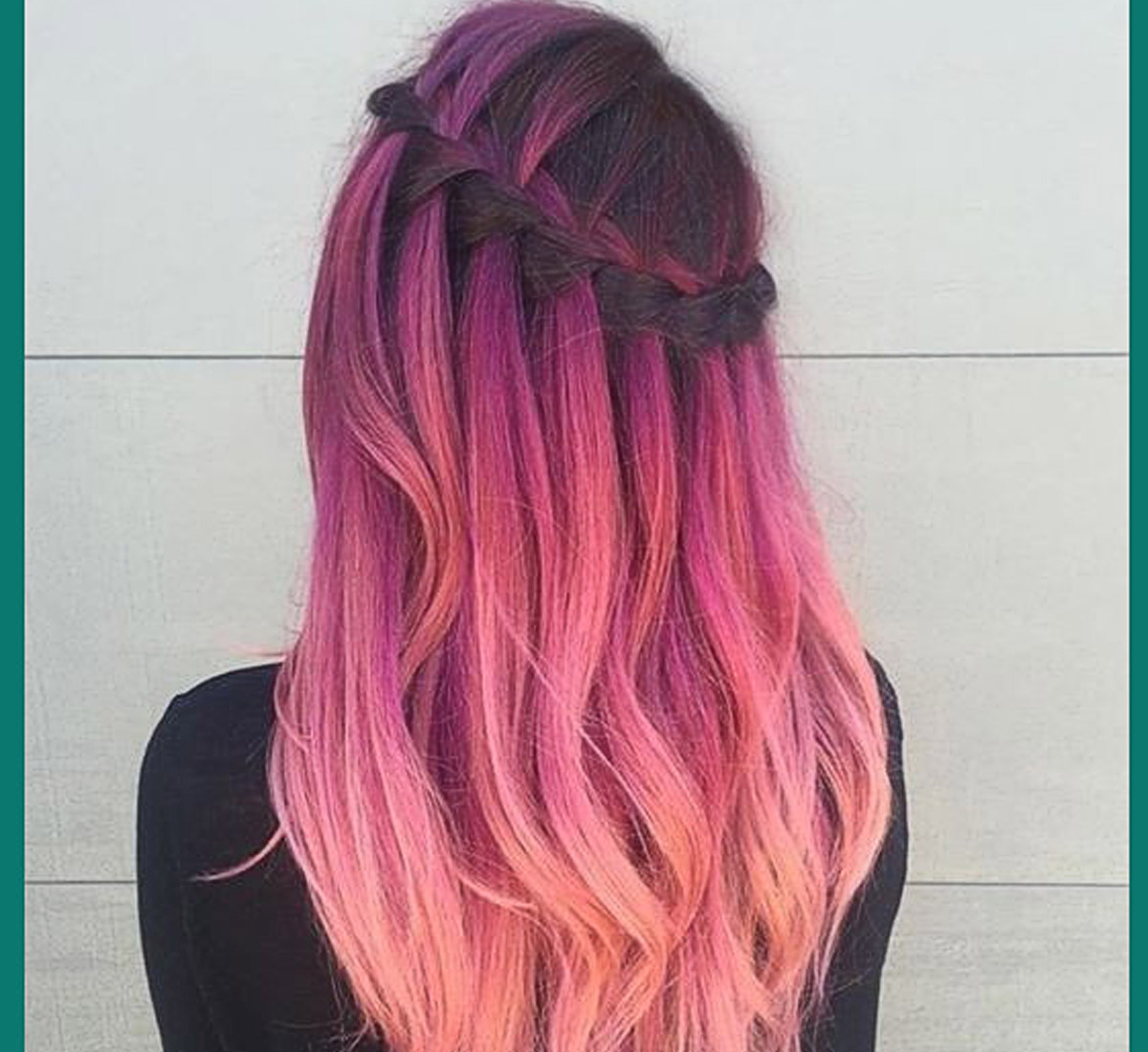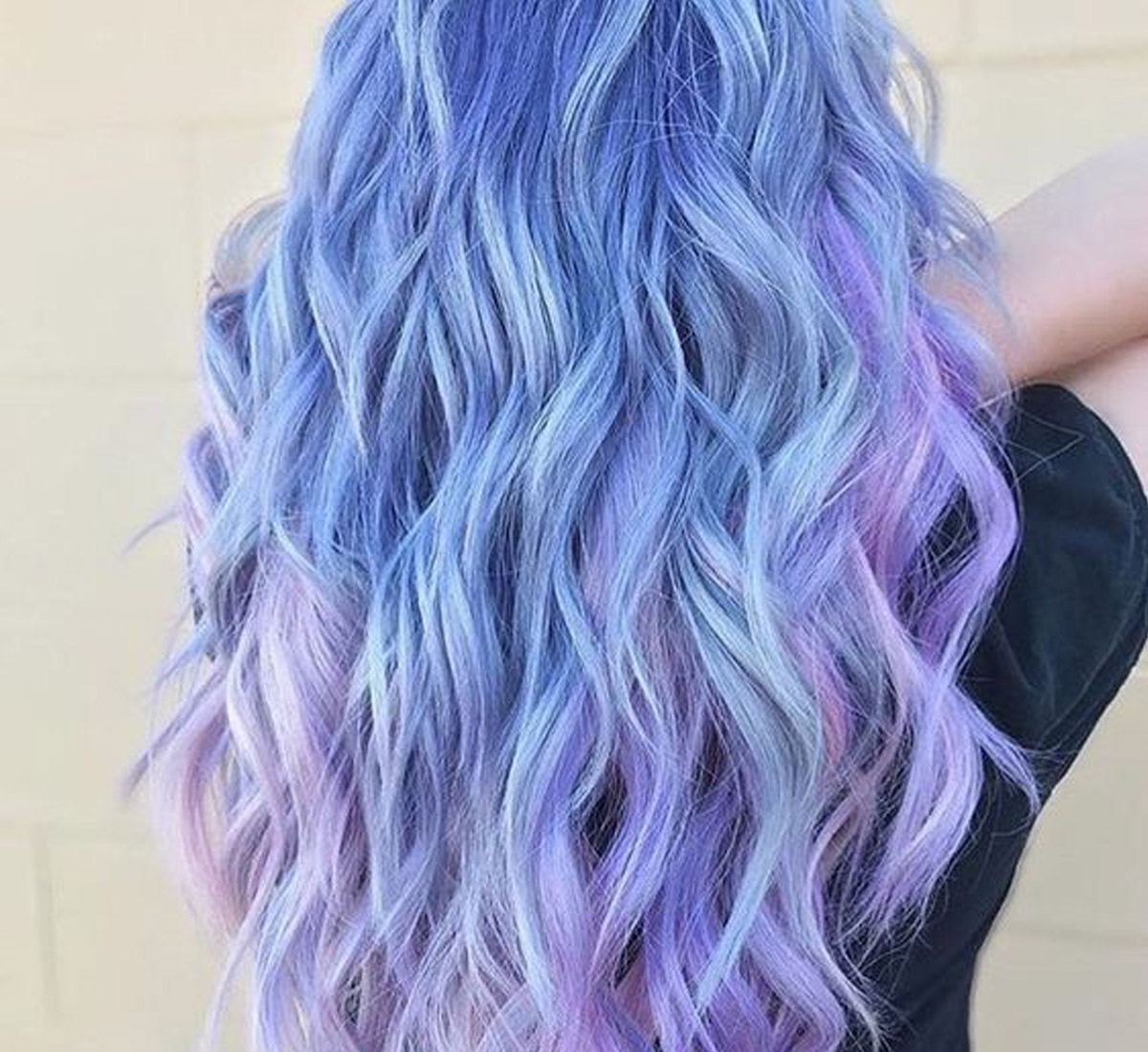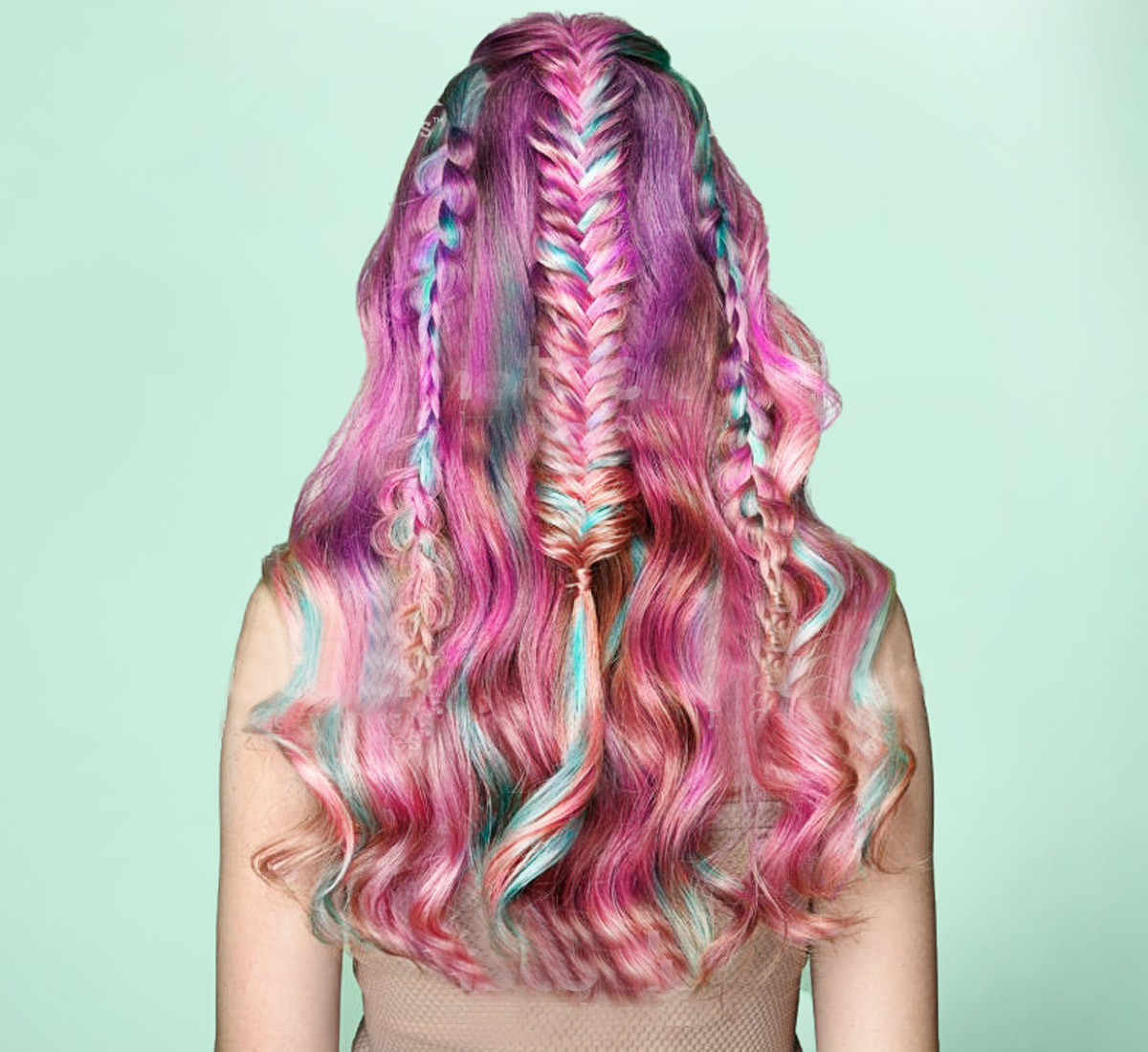With almost all salons temporarily shut down due to the spread of COVID-19, people are being forced to be creative with their hair. We've seen Hilary Duff debut bright blue hair. We've also seen Elle Fanning dye her hair peachy-pink at home.
Dying hair means you have to spend hours on maintainance and touchups. But, if you've been dying to transform your look, but fear damaging your natural strands, a wig is a great way to take a new color for a test run.
Below, MildWild’s comprehensive guide to colouring your synthetic hair in the comfort of your own home. 
Method One: Acrylic Ink Dye
Get Your Tools Ready:Mix: Pour the acrylic ink into the spray bottle and add some alcohol. The amount of alcohol depends on how light the color you desire. Use more alcohol if you want a lighter hair color or use less alcohol for a more vibrant and deeper color.
Spray: Put on gloves to keep your hands clean, then spray your DIY hair dye on the top section of wig hair and run your hand through it to get it fully saturated. Keep spraying the dye on other hair sections and repeat the steps to ensure that the whole wig get completely coated.
Brush: Using a wig comb to brush the dye through to get the dye on all the hairs, all the layers, front and back and everywhere. Once you have reached a point of color tint you like, you can give the wig at least one hour to dry.
Clean: You can start rinsing the wig in water once you run your hands through it and no dye comes off onto your hands. Keep cleaning the wig until there is no trace of dye in water.
Dry: Get the wig on a towel to dry. After it dries, detangle the hair as described in our another blog. Now, enjoy your newly colored wig.

Method Two: Sharpies Dye
You can also create a similar ink combo with another method. Mix rubbing alcohol with the ink from sharpies or other, alcohol-based markers. For this method, you’ll need sharpies, rubbing alcohol, a spray bottle, scissors/pliers, a knife, and hand gloves.
Use the scissors or pliers to pull the Sharpie apart. Then get the ink tube out of the marker. So, grab the colorful front section of the Sharpie with your pliers and wiggle it around and pull it until it all comes apart. It can be hard at first, but you got this!
Once it’s apart, put the ink tube aside. Use your pliers to remove the little tip from the front of the sharpie for a little bit of extra ink. This part should come out much easier. And then using something sharp, slice open the ink casing so the ink will come out easier.
Put the ink tube into the spray bottle and add some alcohol. Let it sit for a while. The longer you let it sit, the better. It is best to leave it overnight to get the most out of the ink casing.
Here, you can apply the sharpies the same way as you apply the acrylic ink.

Method Three: Fabric Dye
To dye in this method you will need a heat resistant synthetic wig, fabric dye, a pot and stove. First, bring water to boil in a pot - a larger sized pot is preferred. Pour the fabric dye into the hot water when you see some small bubbles appear in water. Then stir the mix. Remove the pot from stove, and drop the wig in. The lighter you want the color, the less time you leave it in, the darker you want it, the longer you leave it in.
At this time, you can also control the tint by putting less or more dye in the actual mixture. Once you have reached a point of color tint you like, remove the wig and rinse it in cold water. Rinse well until the water runs clear and then allow your hair piece to dry naturally.
Notes:

The Bottom Line
Coloring your synthetic wig at home doesn't have to be complicated, and it can be fun to do. Hopefully, our tutorials on how to dye a synthetic wig above will help you properly color it. Those we have shown you may not be foolproof but they are popular and easy steps. So, color with caution to get the best results.

